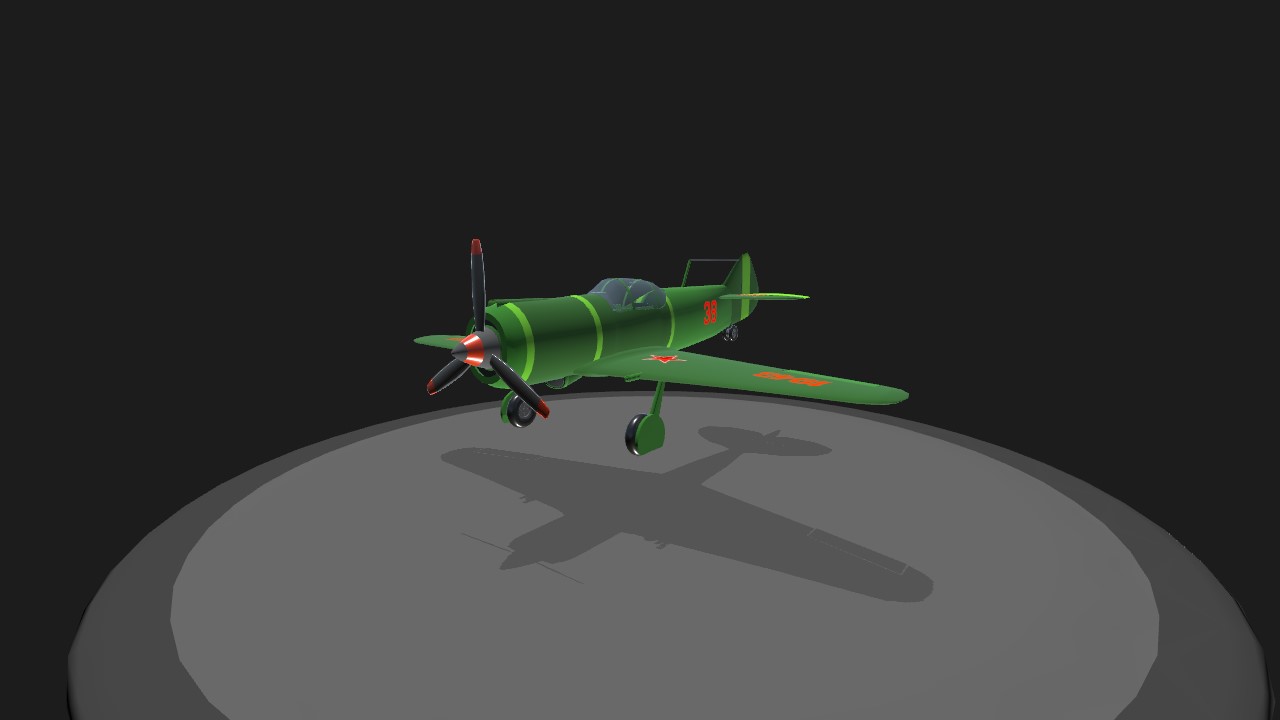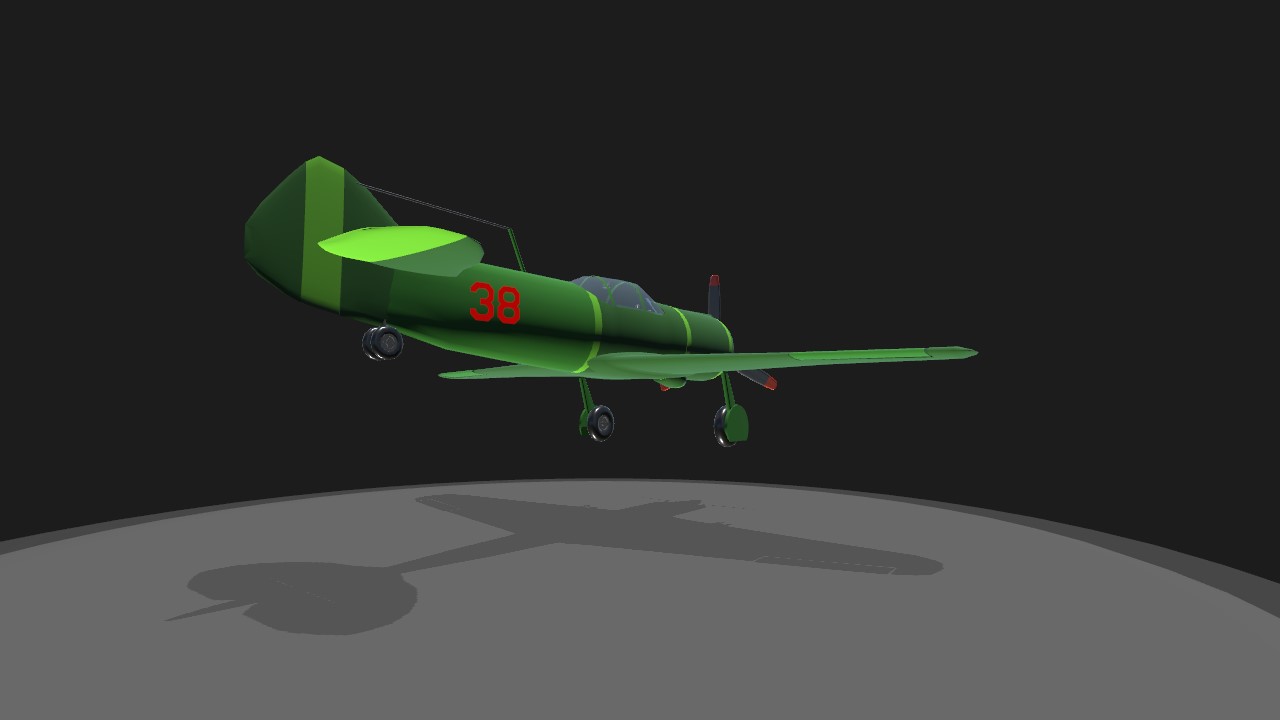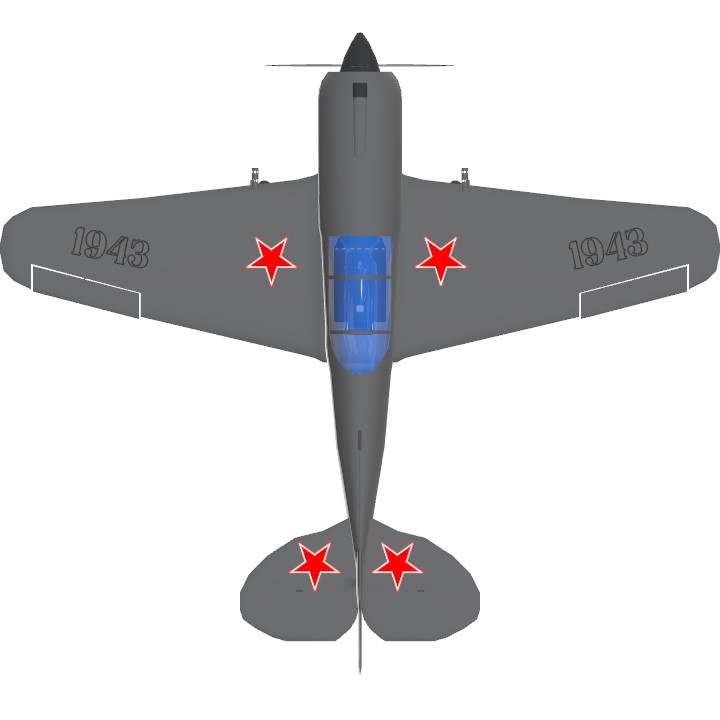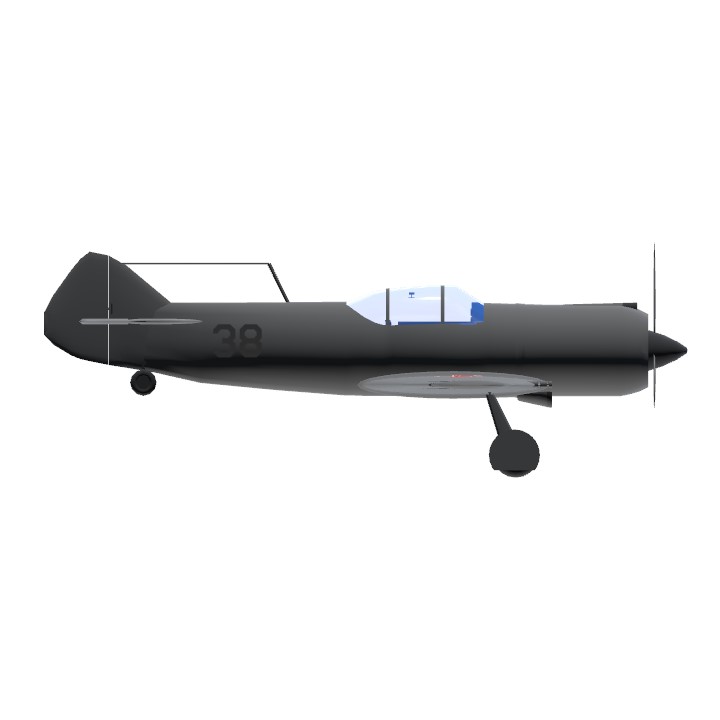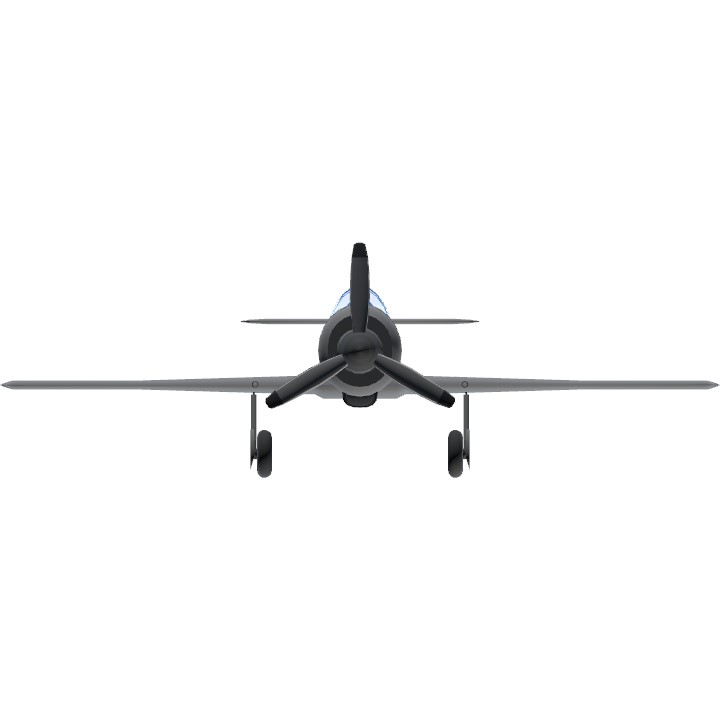The La-5 descended from the LaGG-1 and LaGG-3, aircraft designed by Vladimir Gorbunov before the Second World War. The LaGG-1 was underpowered, and the LaGG-3 - with a lighter airframe and a stronger engine did not solve the problem. By early 1942, the LaGG-3's shortcomings led to Lavochkin falling out of Joseph Stalin's favour, and LaGG-3 factories converting to Yakovlev Yak-1 and Yak-7 production. During the winter of 1941–1942, Lavochkin worked unofficially to improve the LaGG-3. Design work was conducted in a small hut beside an airfield. In early 1942, Gorbunov replaced a LaGG-3's inline engine with the stronger Shvetsov ASh-82 radial engine. The nose was replaced with the nose of the ASh-82-powered Sukhoi Su-2. The new engine required work to maintain the aircraft's balance. The prototype first flew in March, and demonstrated surprisingly acceptable performance; air force test pilots considered it to be superior to the Yak-7, and intensive flight tests began in April. The aircraft was named LaG-5; the change from LaGG was because Mikhail Gudkov, one of the original LaGG designers, was no longer with the programme. By July, it was called La-5, although Gorbunov was still involved. By July, the La-5 was ordered into full production, including the conversion of incomplete LaGG-3 airframes. Production based on the prototype began almost immediately in factories in Moscow and the Yaroslav region. Changes to the main production model included slats to improve all-round performance. The La-5 was inferior to the best German fighters at higher altitudes, but equal at lower altitudes; it was suitable for air combat over the Eastern Front which typically took place at altitudes under 5,000 m (16,404 ft). The aircraft received further modifications. The La-5F improved the pilot's exterior visibility with a cut down rear fuselage. The definitive La-5FN had a fuel-injected engine, a different engine air intake, and was further lightened. A full circle turn took 18–19 sec
Specifications
General Characteristics
- Created On Windows
- Wingspan 32.3ft (9.9m)
- Length 28.4ft (8.6m)
- Height 10.5ft (3.2m)
- Empty Weight 3,578lbs (1,623kg)
- Loaded Weight 5,351lbs (2,427kg)
Performance
- Horse Power/Weight Ratio 0.373
- Wing Loading 11.2lbs/ft2 (54.6kg/m2)
- Wing Area 478.6ft2 (44.5m2)
- Drag Points 3614
Parts
- Number of Parts 133
- Control Surfaces 0
- Performance Cost 651

